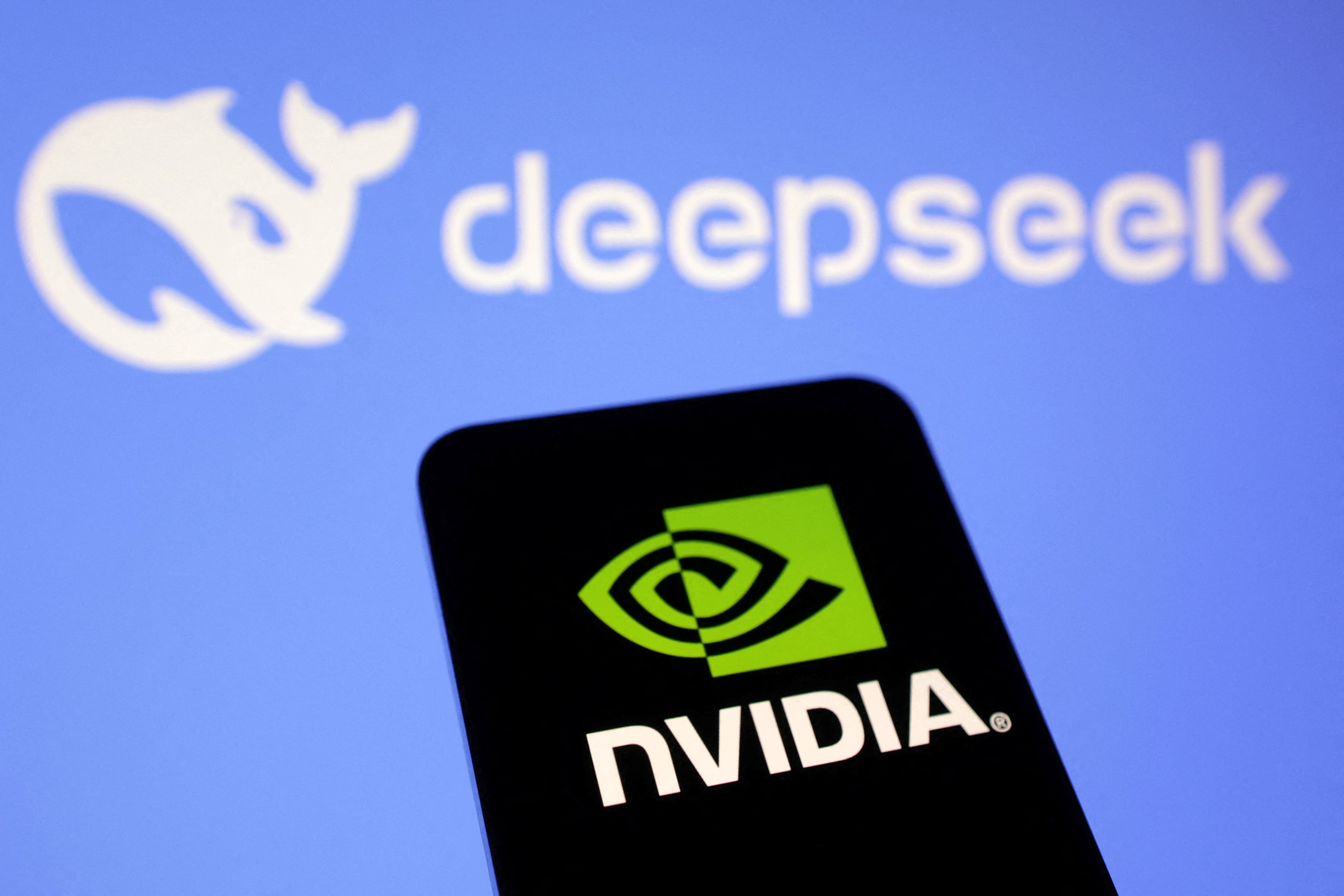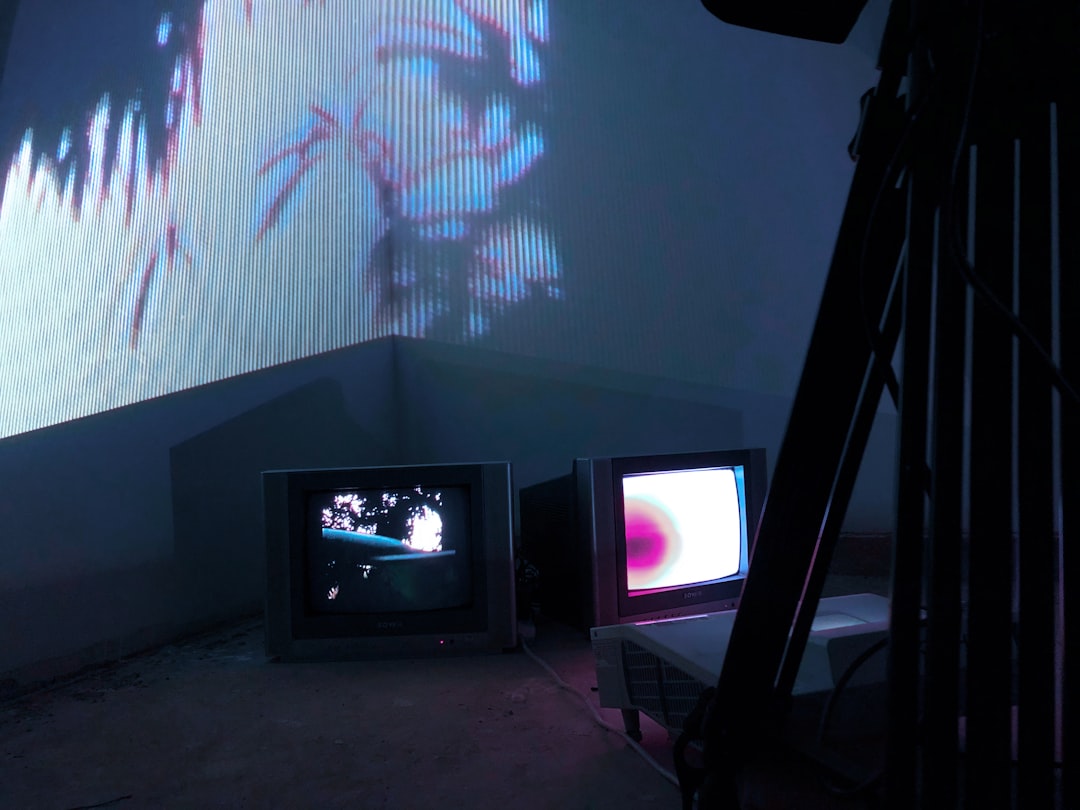National News
Deconstructing the Nvidia Bear Case: A Study in Flawed Logic
The Western Staff

A distinct, almost desperate, chorus has recently risen against Nvidia, fueled by what its proponents frame as existential threats. Their case, amplified by perennial skeptics and financial media hungry for a counter-narrative, rests on three core tenets: a supposed customer exodus led by OpenAI, an allegedly overvalued stock propped up by hype, and a vague, impending sense that the ‘music is about to stop.’ These arguments are presented with an air of sagacious warning, as if their authors have uniquely glimpsed the abyss.
However, a clinical examination of these claims reveals a foundation built not on rigorous analysis, but on a series of convenient fictions, logical fallacies, and a deliberate disregard for context. The bear case against Nvidia is not an intellectually sound thesis; it is a masterclass in motivated reasoning. Let us dissect these fictions one by one.
Fiction #1: The Myth of the Mass Customer Exodus
The central pillar of the new anti-Nvidia narrative is the report that OpenAI is shifting some workloads to Google’s TPUs to mitigate costs. This anecdote, reported by outlets like Wccftech and GuruFocus, has been extrapolated into a doomsday prophecy: Nvidia’s lock-in is broken, its pricing power is evaporating, and the castle is being abandoned. This is a classic Hasty Generalization fallacy—a conclusion drawn from evidence that is far too small.
To treat OpenAI’s tactical diversification as a sign of Nvidia’s imminent collapse is intellectually dishonest. The AI landscape is maturing. It is entirely rational for a sophisticated, large-scale consumer of compute like OpenAI to optimize its infrastructure by using different tools for different jobs. Using a competitor’s hardware for certain, perhaps less demanding or more cost-sensitive, tasks is not a repudiation of Nvidia; it is a sign of a healthy, competitive market. The bears conveniently fail to ask the critical follow-up questions: Which workloads are being shifted? What percentage of OpenAI’s total compute does this represent? And most importantly, what is the platform of choice for the frontier, state-of-the-art model training that truly drives the AI revolution forward?
The answer remains, unequivocally, Nvidia. The company’s dominance is not merely a function of its hardware but of its sprawling, deeply entrenched CUDA ecosystem. This software layer, representing millions of developer hours and a vast library of optimized applications, is the true moat. The cost of abandoning CUDA is not measured in the price-per-chip, but in the monumental engineering effort required to rewrite and re-optimize an entire software stack. The narrative that a company can simply swap out Nvidia GPUs for TPUs without immense friction and performance trade-offs is a gross oversimplification designed to induce panic.
While the bears fixate on this single data point, they ignore the overwhelming evidence of ecosystem expansion. Foxconn is building its advanced computing centers on Nvidia’s platform. The push into robotics, with partners like Cyngn, is creating new, locked-in verticals. Reports that key competitors like Microsoft are struggling to create viable in-house alternatives further underscore the profound difficulty of replicating what Nvidia has built. The story is not one of customer flight, but of strategic diversification by one client amidst systemic, deepening adoption by the rest of the industry.
Fiction #2: The Billionaire’s Tell-All Trade
The second fiction is that Nvidia’s stock is demonstrably overvalued, with the primary evidence being the sale of 1.4 million shares by billionaire Philippe Laffont. This talking point, pushed relentlessly by outlets like The Motley Fool, is a textbook example of Argument from Authority combined with Cherry-Picking. The argument’s strength rests not on fundamental analysis, but on the identity of the seller.
This is an intellectually lazy shortcut. It presupposes that a single investor’s single trade is a definitive market signal. A high-net-worth individual or a large fund sells shares for myriad reasons: portfolio rebalancing, risk management, tax planning, or simply taking profits after an extraordinary run. To assign a single, panicked motive—that the “smart money” sees a bubble—is pure speculation masquerading as insight. Where is the analysis of the institutions that were on the other side of that trade, buying those shares? Their existence is conveniently omitted from the narrative.
This laser focus on a single sale serves as a potent distraction from the underlying financial reality. Nvidia’s valuation is not being driven by abstract hype; it is being driven by some of the most explosive revenue and earnings growth ever witnessed in a company of its scale. Demand for its Blackwell architecture is outstripping supply. Its forward P/E ratio is becoming more, not less, reasonable as its earnings (E) catch up to and surpass its price (P). The company is rapidly growing into its valuation. The Laffont trade is a single, noisy data point. The quarterly earnings report is the signal. The bears are choosing to listen to the noise.
Fiction #3: The Inevitable, Evidence-Free Apocalypse
Finally, we arrive at the most amorphous and emotionally driven claim, epitomized by headlines like ‘The Music Is About To Stop.’ This is not an argument; it is a pure Appeal to Fear. It is a prophecy of doom untethered to specific, falsifiable evidence. This same argument was made when Nvidia’s market cap hit $1 trillion, then $2 trillion, and now as it approaches new heights. It has been consistently wrong.
The bears suggest the demand for AI is a fickle party that will soon end. This is a fundamental misreading of a tectonic technological shift. The “music” is not a pop song; it is the symphony of the fourth industrial revolution. The demand for accelerated computing is being fueled by the wholesale transformation of every industry, the rise of sovereign AI capabilities, groundbreaking scientific research, and the development of autonomous systems. To suggest this is a temporary fad is to suggest that the internet was a fad in 1999. It demonstrates a profound lack of imagination and a failure to grasp the scale of the change underway.
Where is the evidence that this revolution is stalling? Every indicator points in the opposite direction. Data center construction is accelerating. Enterprise adoption of AI is still in its early innings. The Blackwell platform represents another generational leap in performance that will unlock new capabilities, driving a new cycle of demand. The bears offer no data to counter this, only vague premonitions and market-timing hubris.
With these fictions dismantled, the case against Nvidia is revealed to be hollow. A misinterpreted customer strategy, a cherry-picked stock sale, and unsubstantiated fear-mongering do not constitute a credible thesis. The rational, evidence-based conclusion remains unchanged: Nvidia stands at the center of a durable, multi-decade technological revolution, fortified by an unparalleled software ecosystem and executing with breathtaking financial momentum. The choice is between a narrative built on fallacies and one built on performance. The choice is clear.


